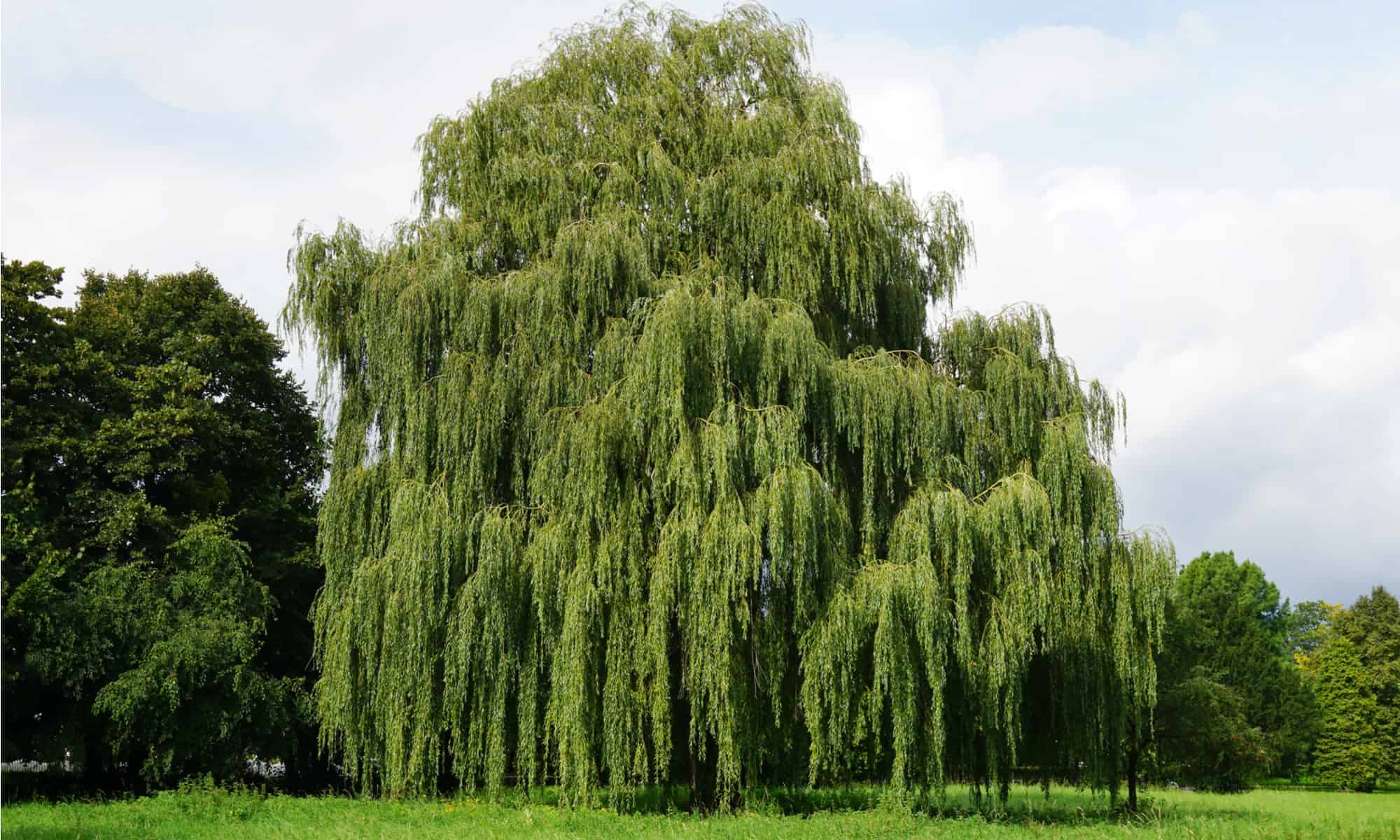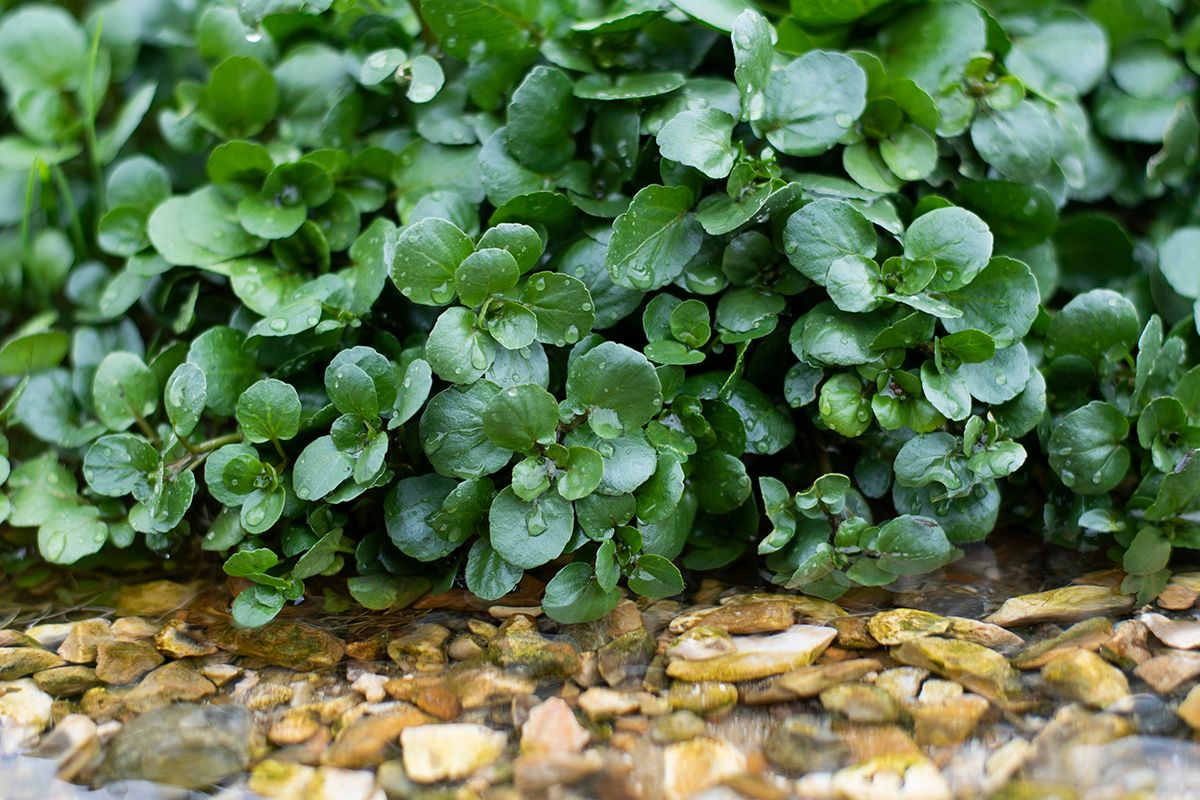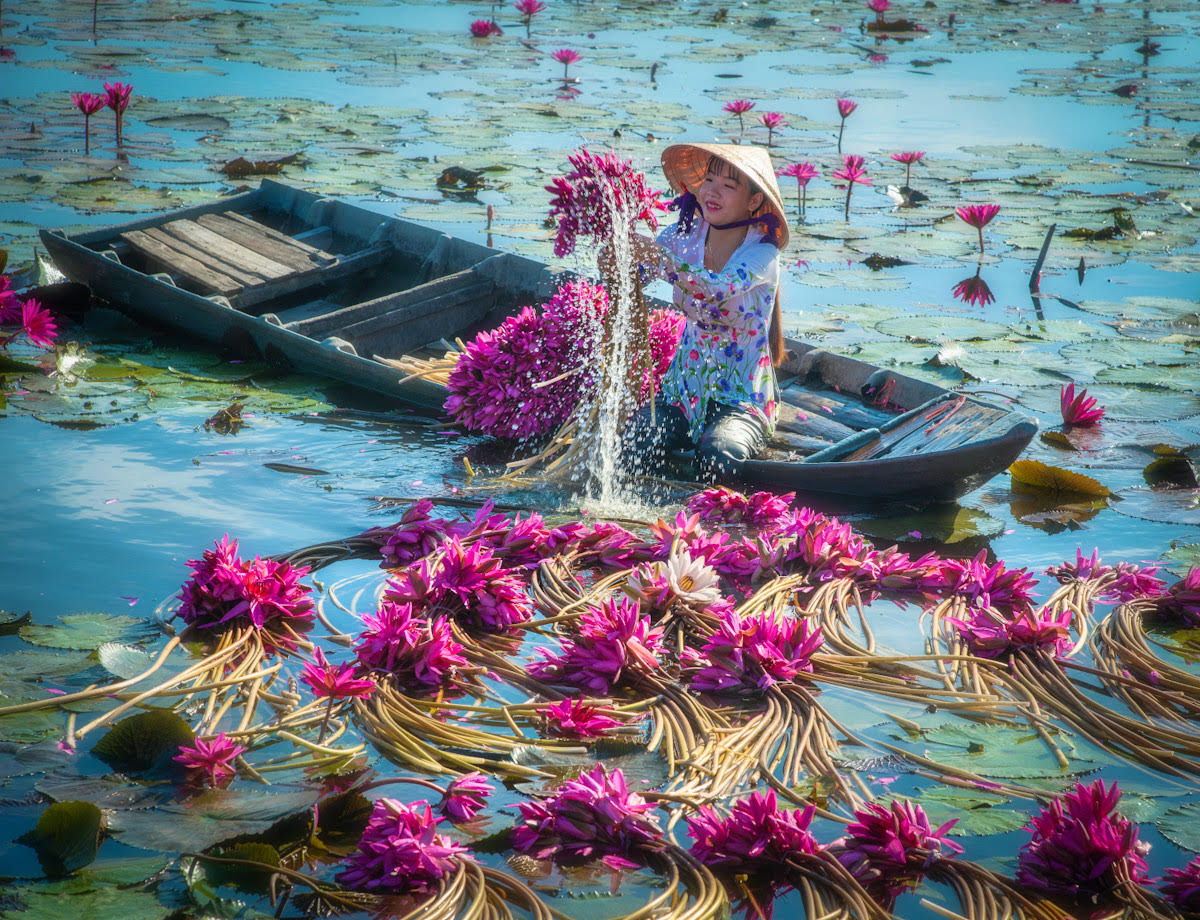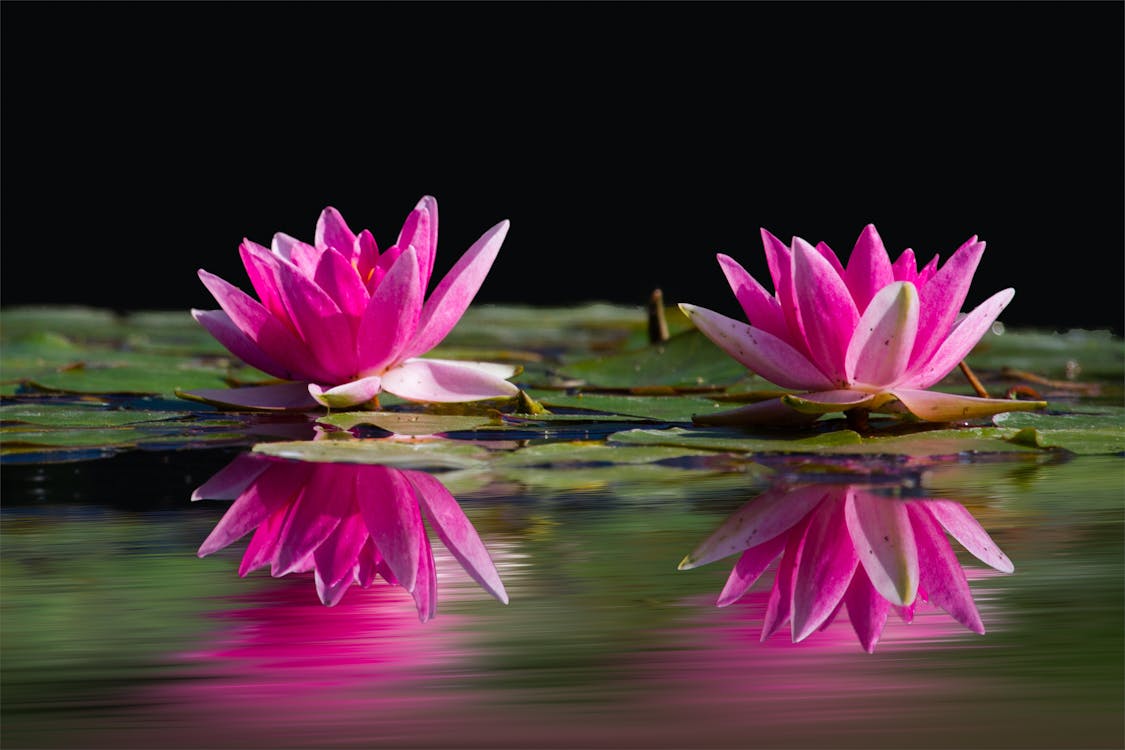Water is an essential resource for the survival and growth of all living organisms, including plants. While some plants can thrive in dry conditions, there are others that demand a constant supply of water to flourish. In this article, we will explore some of the plant species that have earned a reputation for being exceptionally thirsty and look into the reasons behind their high water requirements.
1. Water Hyacinth

Water hyacinth is a floating aquatic plant known for its rapid growth. This species tops the list when it comes to plants with high water needs. Water hyacinth requires ample water to survive and reproduce.
The plant features rounded, glossy, and green leaves that are arranged in rosettes, and it produces beautiful lavender or blue flowers on erect stalks. Water hyacinth is highly adaptable to a wide range of aquatic habitats, including lakes, ponds, rivers, and slow-moving water bodies. It thrives in warm water and prefers nutrient-rich environments. It absorbs water through its roots and leaves.
Native to South America, it has spread to various parts of the world, causing significant ecological and economic problems. Water hyacinth forms dense floating mats on the water surface, impeding water flow and sunlight penetration. It rapidly reproduces and depletes oxygen levels, harming aquatic life and disrupting ecosystems. Efforts are made to control water hyacinth through manual removal, mechanical harvesting, biological control, and herbicides. While it poses challenges, water hyacinth can also absorb excess nutrients and provide habitat for certain species, highlighting its complex ecological role.
2. Rice

Rice, scientifically known as Oryza sativa, is a water-loving plant that flourishes in wet and flooded environments. Rice cultivation typically takes place in paddy fields, where the plants are submerged in water for a significant portion of their growth cycle.
Rice has evolved to adapt to these water-rich conditions. Its root system is designed to efficiently extract nutrients from the flooded soil, and the submerged nature of the plant helps deter weed competition. Additionally, the water surrounding the rice plants serves as a protective barrier against pests and diseases.
The flooding of paddy fields serves multiple purposes. It helps control weeds by depriving them of sunlight and oxygen, thereby reducing competition for resources. The standing water also promotes the growth of beneficial microorganisms that aid in nutrient cycling and improve soil fertility. Moreover, the continuous availability of water is essential for the proper development of rice plants, enabling them to produce healthy and abundant grains.

However, it is important to note that not all rice varieties require the same level of water. Traditional flooded cultivation, known as "lowland rice," utilizes continuous flooding. However, with advancements in agricultural practices, other methods such as "upland rice" and "aerobic rice" have been developed. These methods require less water and can be suitable for areas with limited water resources or where water management is challenging.
3. Willows

Willow trees are renowned for their graceful appearance and their preference for wet or waterlogged soils. They are deciduous trees or shrubs known for their adaptability and ability to tolerate wet soil conditions. Willows have a strong affinity for water and are commonly found along riverbanks, lakeshores, and wetland areas.
These plants possess certain characteristics that enable them to thrive in water-rich habitats. They have an extensive root system that can efficiently absorb water from the soil, helping them withstand periods of flooding. Willows also have the ability to filter and remove excess nutrients from water, making them valuable in water purification and erosion control efforts.
Willows are known for their rapid growth, with some species capable of reaching impressive heights within a short period. They have slender branches and narrow leaves, often with a distinctive elongated shape. Willows produce catkins, which are clusters of small flowers, in early spring, adding to their aesthetic appeal.
Apart from their ecological benefits, willows have practical uses as well. Their flexible branches have been traditionally used for basket weaving, while their wood is valued for its strength and durability. Furthermore, willows provide valuable habitat and food sources for various wildlife species, including birds, insects, and aquatic organisms.
4. Papyrus

Papyrus is a water-loving plant known for its iconic appearance and historical significance. It is native to the wetlands of Africa and thrives in freshwater environments such as swamps, marshes, and along the banks of rivers and lakes.
With its tall and slender stems, papyrus can grow to impressive heights, reaching up to 4-5 meters (13-16 feet). The stems are topped with clusters of thread-like leaves, forming an umbrella-like canopy. Papyrus plants also produce distinctive brown flower clusters, adding to their visual appeal.
Papyrus is well-adapted to its aquatic habitat. It has a strong root system that helps anchor it in the muddy or sandy substrate found in wetland areas. The plant's stems contain a spongy tissue that aids in buoyancy, allowing it to float or grow in shallow water. Papyrus can tolerate periods of flooding and can even grow in water up to one meter (three feet) deep.
Throughout history, papyrus has played a significant role in various cultures. The ancient Egyptians used papyrus stems to make paper-like sheets, which were then used for writing and recording important documents. The plant's fibrous stems were also utilized for making mats, baskets, and other handicrafts.
From an ecological perspective, papyrus provides numerous benefits. Its dense growth provides shelter, nesting sites, and food sources for a variety of aquatic organisms, including birds, insects, and fish. Papyrus wetlands also act as natural filters, purifying water by trapping sediment and absorbing excess nutrients.
5. Watercress

Watercress grows primarily in aquatic or semi-aquatic environments. This aquatic plant is known for its small, rounded leaves and peppery flavor. It is native to Europe and Asia and is now cultivated in various parts of the world.
Watercress has a preference for cool, flowing water and is often found in streams, springs, and shallow ponds. It requires constantly moving water to thrive and cannot tolerate stagnant conditions. The plant's roots anchor it to the substrate, while its leaves and stems grow along the water's edge or float on the surface.
With its vibrant green leaves, the watercress is not only visually appealing but also packs a nutritional punch. It is a rich source of vitamins A, C, and K, as well as iron, calcium, and antioxidants. Due to its high nutritional content, watercress is considered a superfood and is commonly consumed in salads, soups, and sandwiches.
Watercress is often cultivated in controlled watercress beds, where its growth is carefully managed. These beds allow for a constant supply of clean, running water, replicating the natural conditions in which watercress thrives. The plant's leaves are typically harvested when they are young and tender, ensuring the best flavor and texture.
Beyond its culinary uses, watercress also provides ecological benefits. Its dense growth can help purify water by absorbing excess nutrients and filtering out sediment. Additionally, the plant serves as a habitat and food source for various aquatic organisms, such as insects and small fish.
6. Water Lily

Water lilies are exquisite water-loving plants that are highly admired for their beautiful flowers and floating leaves. These aquatic plants are found in freshwater habitats such as ponds, lakes, and slow-moving streams. They belong to the family Nymphaeaceae and are known for their serene and enchanting presence in water gardens.
Water lilies have circular leaves that float on the water's surface, creating an appealing display of greenery. The leaves are typically waxy and have a natural water-repellent coating that helps them stay afloat. They also provide shade and cover for aquatic organisms beneath them.
Its fragrant flowers are held above the water surface on sturdy stalks and come in a range of colors, including white, pink, yellow, and various shades of red. Each flower opens during the day and closes at night, adding to the mystical allure of these plants.
Water lilies are true water plants, as their roots are anchored in the underwater soil while their leaves and flowers float on the surface. The roots absorb nutrients from the sediment, and the large surface area of the leaves facilitates the process of photosynthesis. This unique adaptation allows water lilies to thrive in aquatic environments.
These plants are known for their ability to provide shelter, shade, and protection for various aquatic organisms. Fish, insects, and amphibians often seek refuge among the leaves and stems of water lilies. Additionally, the floating leaves help reduce water temperature, limit the growth of algae, and provide oxygen to the water.

While every plant requires water to survive, some species have adapted to environments that demand an exceptional amount of moisture. The plants mentioned above have distinct adaptations and characteristics that make them particularly dependent on water for their growth and survival. Understanding the water needs of these plants is essential for their successful cultivation.
Please watch the video below to learn more about Indoor Plants That Grow in Water.